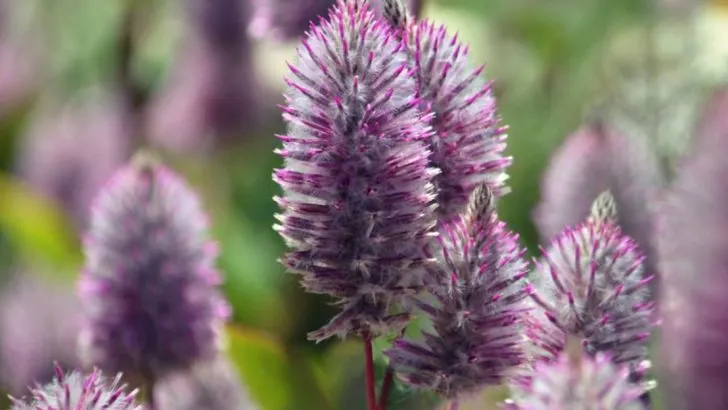Looking to break away from the usual garden choices? Ptilotus exaltatus—also known as ‘Mulla Mulla’ or ‘Joey’—offers an eye-catching alternative with its fuzzy, flame-shaped blooms and silvery-green foliage. Native to Australia, this drought-tolerant plant thrives in heat and poor soil, making it perfect for low-maintenance yet high-impact landscapes.
In this guide, you’ll learn how to grow Ptilotus successfully, from sun and soil needs to tips on encouraging continuous blooming. Whether in containers or garden beds, Ptilotus brings a touch of the exotic and keeps your garden looking fresh and unexpected all season long.
Why grow ordinary, when you can grow unforgettable?
Choose the Right Variety
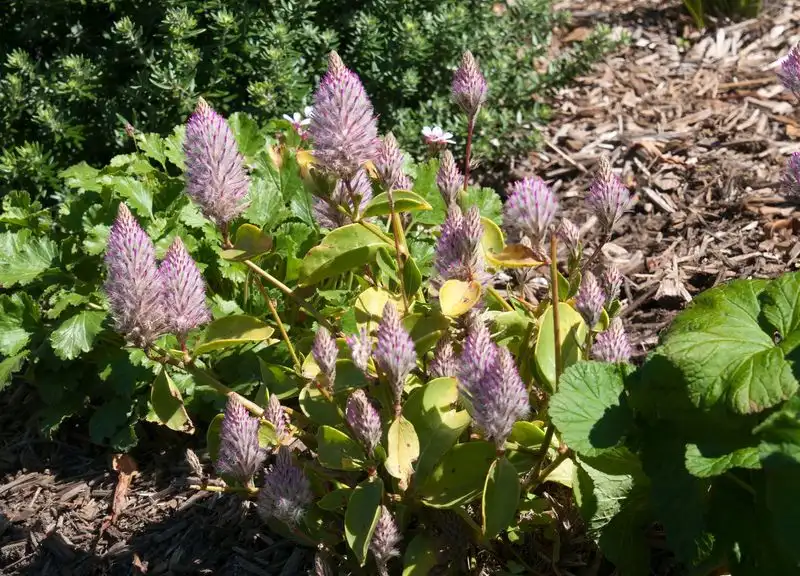
Ever wondered which Ptilotus variety best suits your garden? With over 100 species, each offers its unique charm. From the vibrant Ptilotus exaltatus with its rosy hues to the subtle tones of Ptilotus nobilis, the choice is vast. Consider your garden’s climate and aesthetic to pick the ideal variety. Remember, each species has specific needs and growth patterns. A little research goes a long way in ensuring you select the best companion for your garden. Enjoy the process of discovering these botanical gems!
Optimal Planting Conditions
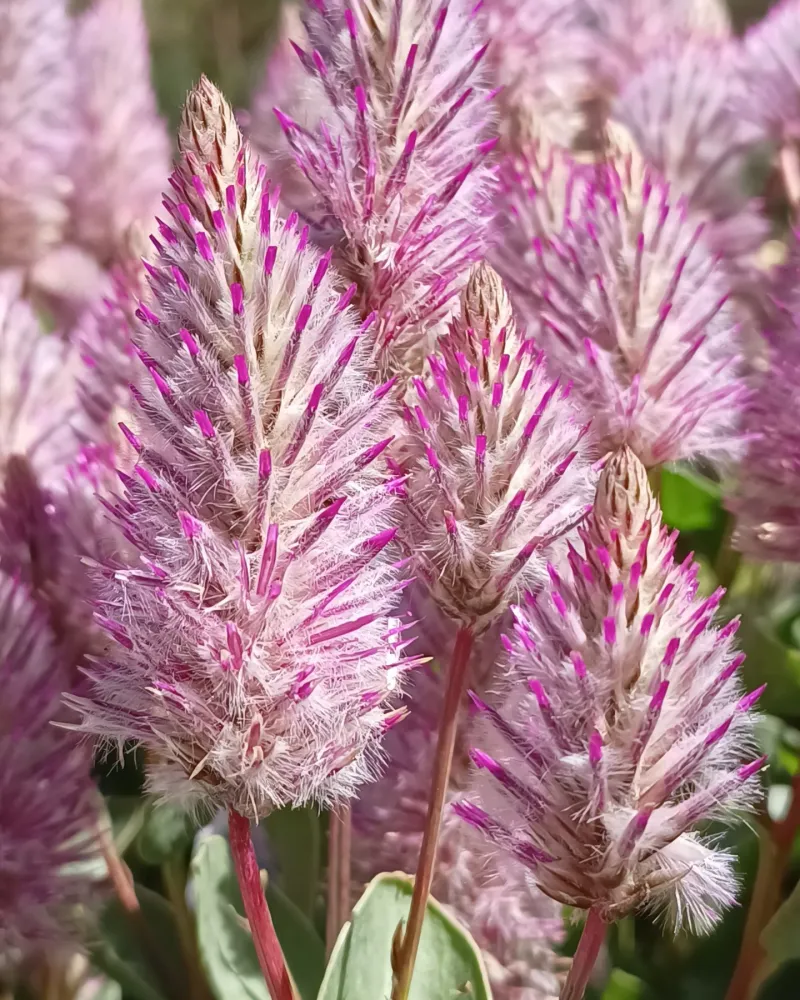
Curious about where to plant your Ptilotus? These sun-loving plants thrive in well-drained soil and bask in full sunlight. They’re perfect for rock gardens or sandy soils, mimicking their native Australian habitats. Ensure your garden bed provides these conditions, and you’re on your way to a flourishing display of blooms. Avoid overly wet areas, as they can lead to root rot. With the right spot, your Ptilotus will reward you with its robust growth and stunning flowers that catch every ray of sunshine.
Watering and Care Tips

Ptilotus is known for its drought resistance, but how often should you water it? These resilient plants require minimal watering. Once established, they thrive with occasional moisture, making them ideal for water-wise gardening. Overwatering is a common pitfall, so let the soil dry between waterings. In the right conditions, these plants can flourish with minimal intervention. Embrace this low-maintenance aspect and enjoy more time marveling at their unique beauty rather than tending to them daily.
Soil and Fertilization

Wondering about the best soil mix for Ptilotus? They prefer sandy, well-draining soils enriched with a touch of organic matter. Compost or well-rotted manure can enhance soil fertility, supporting healthy growth. Fertilization is minimal; a balanced, slow-release fertilizer in spring can boost blossoming. Avoid heavy clay soils, as they hinder drainage. By providing the right soil conditions, you’ll nurture robust plants that stand out for their distinctive shapes and colors. Let them thrive naturally with this simple yet effective soil approach.
Pest and Disease Management
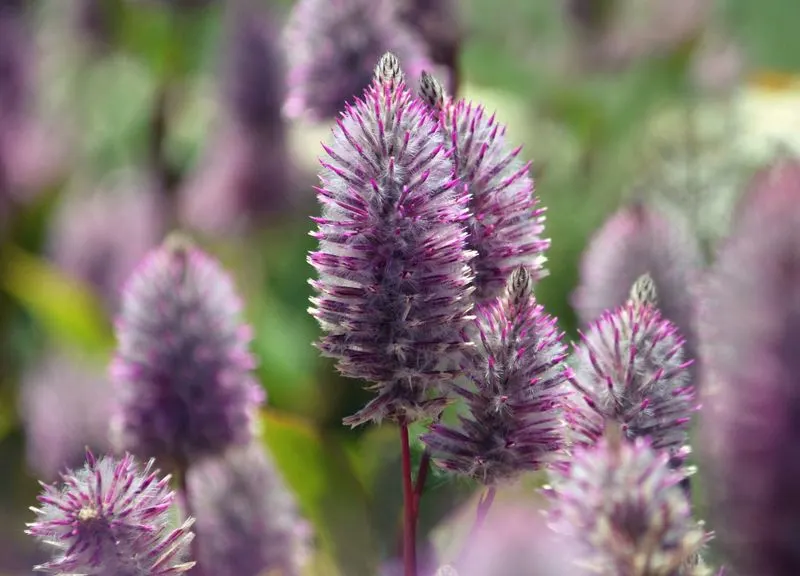
How do you keep your Ptilotus healthy and pest-free? These hardy plants are not immune to threats from aphids or fungal diseases. Regularly inspect leaves and stems for unusual signs, and address issues promptly. Organic pesticides and fungicides offer eco-friendly solutions, ensuring your garden remains safe for beneficial insects. Keep the area tidy and remove debris to discourage pests. With attentive care, your Ptilotus will continue to flourish, displaying its charming blooms without the worry of unwanted visitors.
Companion Planting Ideas
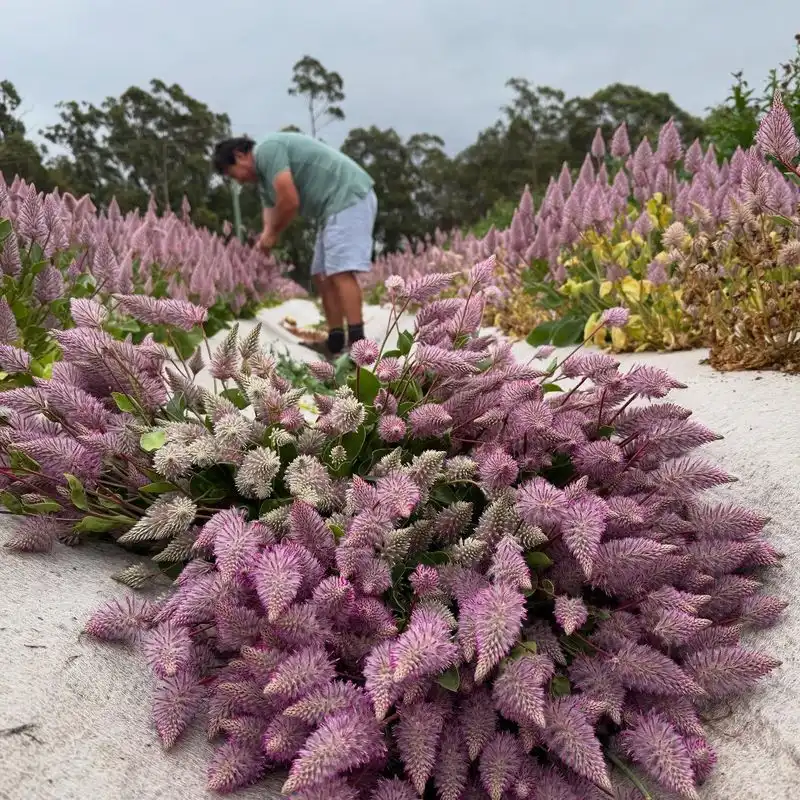
Looking to create a harmonious garden design? Pair Ptilotus with other drought-tolerant companions like lavender or salvia. Their contrasting textures and colors can create a visually appealing landscape. These companions share similar growing conditions, making care easier for you. Consider height and bloom times to ensure a dynamic display throughout the seasons. With thoughtful pairing, you’ll enhance the overall beauty and health of your garden, allowing Ptilotus to shine as a centerpiece among its botanical friends.
Seasonal Care and Maintenance
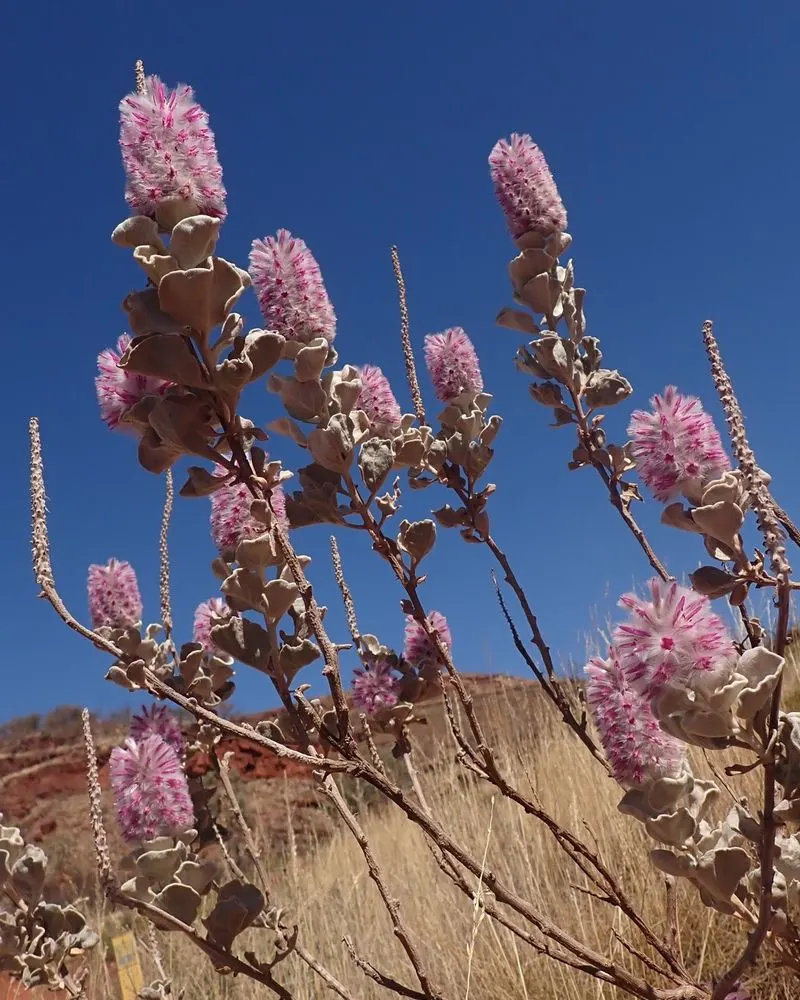
Ever considered how Ptilotus changes with the seasons? As temperatures drop, these plants require some seasonal adjustments. Mulching around the base can retain warmth and moisture during winter months. Pruning spent flowers encourages new growth and maintains shape. While they are hardy, protecting from frost ensures continued vitality. Embrace the rhythm of the garden year-round and adapt your care to meet these changes. Each season offers a new opportunity to connect with your Ptilotus, ensuring it remains a vibrant part of your garden.

